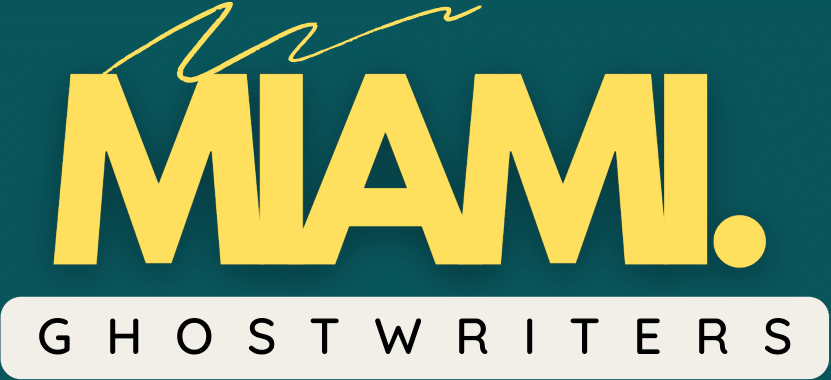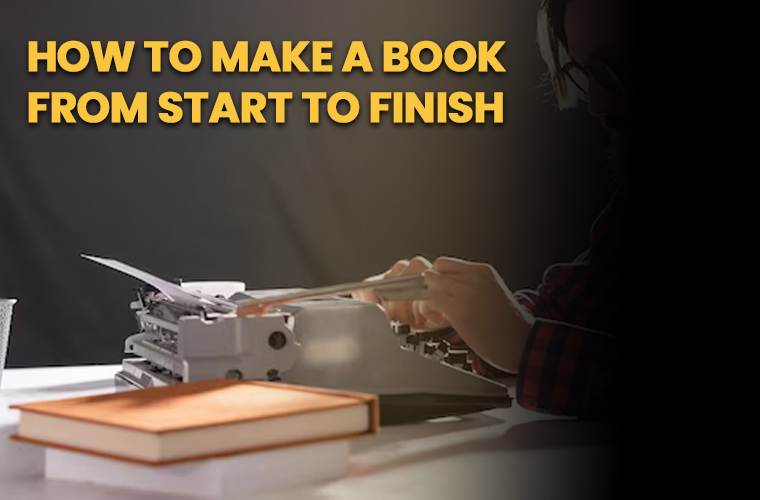In case your mind ever wanders in that direction, have you dreamed of getting your thoughts into the form of a book? Well, you might have wondered or even asked how to make a book out of it. Fiction, nonfiction, memoir, children’s story: it feels quite overwhelming at the beginning, trying to figure this process out, right?
What’s more, the development of a book is easier than ever. With clear steps and strategies in place, anyone with passion and perseverance can convert a book into reality. This guide takes you completely through the process on how to make a book, from the first idea to having a passport in your hands.
What Should You Write About?
The process of writing requires some good ideas in your head before you go anywhere near a pen: what is your passion? Is it something that you would want to share with other people? Are you writing an imaginary story or knowledge from your experience?
If you have an idea for a novel, it needs an interesting plot and characters that the reader can really get involved with, together with a strong setting. For nonfiction, concentrate on making your book offer something to the reader, whether that be advice, insight, or inspiration; it must have a purpose to prep.
So much of the rest of the stages in how to make a book will become easy to follow once the idea is cleared and sorted out.
How Do You Organize Your Book Before Writing?
A stagemanimportantcharacterdefiningA-stuvianorthat-anAere-those-that-of-the-who-haventWorks-not-even-to-say-start-outWriting-in-a-spark-of-spontaneity-some-people-may-be-able-to-do-that-but-laying-your-foundations-is-what-actually-saves-you-a-whole-lot-of-time-and-increases-the-chances-of-engaging-in-final-cleansing.
While starting abstraction chapters would come in handy for this kind of writing as it creates some general flow to which you can attach, there is no real need for the smaller specifics. For fiction, it may include the first act, the second, and the third, while for nonfiction, it is how the subject is broken down into sections, following which you would explain logically the sections.
What Is the Best Way to Write Your First Draft?
Now is the time to write with progress in mind, not with perfection. You may set yourself daily or weekly goals. These could be anything from 500 words a day to a single chapter a week. What truly matters is consistency. One thing to keep in mind is that even the first draft should be messy. Don’t edit while writing; just get your thoughts onto paper. Editing comes later. Many writers fall into the trap of perfecting every sentence along the way, which slows them down and eventually burns them out.
The most important rule once you get into book building is this: done is better than perfect.
How Important Is Editing and Revision?
Once you have your draft, the next is where the real work is. Editing is where your book turns from rough ideas into a polished manuscript. Begin by reading it yourself. Repair plot holes, clunky sentences, and confusing areas. You might have to rewrite entire chapters or rework your structure.
After your self-edit, consider getting feedback from beta readers or critique partners. These are people who will read your book and give honest opinions on what works and what doesn’t.
Finally, if possible, hire a professional editor. There are many varieties—developmental editors work on structure and content, and copy editors work on grammar and clarity. Editing is non-negotiable as part of the process of determining how to make a book that people will love.
What Are the Design Steps for Making a Book?
Even the best content needs a strong presentation. Your book’s cover is the first thing people see, and first impressions matter. Hire a professional designer if possible. A poorly designed cover can hurt your chances of making sales, no matter how good your writing is.
Aside from the cover, the interior design should also be readable and clean. Whether publishing an eBook, paperback, or both, formatting keeps your text presentable on any device and print size.
Here we go! Most writers would rather use programs like Vellum or hire a formatter. There are DIY tools and templates for formatting, but never forget that good design has never been unimportant in researching how to make a book.
How Do You Choose Between Traditional and Self Publishing?
Once your book has been edited and formatted, it’s great to publish. You have two primary options: traditional publishing and self-publishing.
Traditional publishing is querying agents or submitting directly to publishers. They will take care of editing, design, and distribution if they accept it. It can take years and is very competitive.
Self-publishing means that you will be able to publish your book without being beholden to arbitrary outside whims. Facilities like Amazon Kindle Direct Publishing (KDP) provide an easy bridge across to global audiences where your book would potentially be purchased and read. You control everything about your title and retain a higher percentage of royalties while the entire responsibility lies on your shoulders.
When choosing whether to create a book and how to publish it, your decision is based on your objectives, timeline, and desire to become involved in varying roles.
What Marketing Steps Should You Take After Publishing?
Getting your book out there is not the end. You need to market it if you wish for people to read it. Begin by establishing your author platform. This can be a site, social media profiles, and mailing list.
Contact book bloggers and reviewers. Join writing groups. Hold promotions or advertisements to gain visibility. Besides, share your book discussions; your enthusiasm will inspire the readers.
Ah, marketing can seem overwhelming, however, the more you market, the easier it gets. If the goal of your study is to produce a selling book, then marketing must form the basis of your long-term plan.
How Long Does It Take to Make a Book?
There is not a single way on how to make a book. Some authors finish in three months; others take years. It depends on how fast or slow you can write, how available you are, and how particle or complex your topic is.
Just carry on putting one foot in front of the other. Celebrate the small victories: finishing your outline, creating a rough first draft, and finishing your editing. Each step becomes a marker of your progress, and before long, you’ll have one completed book.
Ready to Make Your Own Book?
So, how to make a book about your vision and for them? All these start with an idea: planning, writing, editing, designing, publishing, and marketing. It can sometimes be a very bumpy road-but certainly doable.
If you’ve been lying around waiting for inspiration to strike, the time has come to begin writing your book. The resources are in front of you to use; the story is in you to tell.
Start now! Help with everything from writing your first chapter to self-publishing and anywhere in between is available. Sign up for our newsletter for writing tips, publishing updates, and support along the way. Your book is much closer than you think!



